Lowe Art Museum. Jan 31st through Apr 5th, 2009. 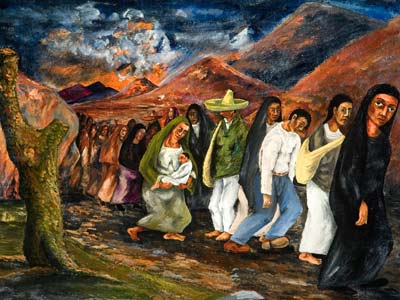 The Lowe Art Museum at the University of Miami presents Las Artes de Mexico, (The Arts from Mexico) from the Collection of the Gilcrease Museum. Celebrating the rich and diverse artistic traditions of Mexico, Las Artes de Mexico examines over 3,500 years of art and culture, from the ancient worlds of the Mayans and Aztecs to the 20th century works of Miguel Covarrubias and Diego Rivera. The exhibition is part of a national tour and includes pottery, paintings, folk art, and prints.
The Lowe Art Museum at the University of Miami presents Las Artes de Mexico, (The Arts from Mexico) from the Collection of the Gilcrease Museum. Celebrating the rich and diverse artistic traditions of Mexico, Las Artes de Mexico examines over 3,500 years of art and culture, from the ancient worlds of the Mayans and Aztecs to the 20th century works of Miguel Covarrubias and Diego Rivera. The exhibition is part of a national tour and includes pottery, paintings, folk art, and prints.
While the nation of Mexico was formally established in 1821, Mexican culture remains a mosaic of traditions founded deep in antiquity. The art of the ancient Mexican world was often centered on ritual and performance. Las Artes de Mexico explores these traditions with artifacts from over a dozen Pre-Columbian cultures.
Olmec, Mayan, Vera Cruz, and Toltec sculpture reveal scenes from an often-mysterious past. They bring to light a world of ceremony and celebration, of ritual warfare and the veneration of the dead. The arts of ancient Mexico demonstrate a unique view of the world, notably captured in the ceramic effigy traditions of Nayarit, Jalisco, and Colima. These often poignant, often whimsical portrayals display an approach to life that has continued in Mexican culture for centuries. The founding of New Spain in the 1500s brought radical change to the indigenous cultures of Mesoamerica. Las Artes de Mexico examines these changes and merging traditions. Conquistador armor and Aztec blades highlight the initial conflict between worlds. For 300 years, Spanish influence remained a dominant force in Mexican life.
Changes in Mexican culture and religion were profound and are strikingly revealed in colonial period “retablos” and “bultos”, the folk portraits and carvings of patron saints. While these paintings and sculptures are uniquely Mexican, they eloquently demonstrate the merging of Spanish culture, Catholic iconography, and native art.
Just as Spanish influences greatly impacted Mexican art and belief, many traditional practices continued through the colonial period as important forms of expression. Las Artes de Mexico examines these traditional arts with a number of works by traditional artists. The exhibition also explores Mexican weaving and the role of the loom from antiquity, including Zapotec blankets that employ centuries old techniques and iconography.
The show includes colorful costumes and glittering fabrics that have long been a mainstay of folk celebration. These festivals and dances are also examined through a collection of colorful dance masks from the folk artists of Guerrero. While these masks were often used in important feast days and religious celebrations, they were also used as a form of political satire to protest the sometimes-violent relationship between Europeans and indigenous Mexican peoples.
The paintings and works on paper displayed in Las Artes de Mexico derive from the development of the modern Mexican state. The exhibition includes a number of works by Diego Rivera and José Clemente Orozco, among the most influential of 20th century Mexican artists, as well as the founders of the Taller de Grafica Popular (People’s Print Workshop), Leopoldo Mendez, Raul Anguiano, and Alfredo Zalce. The exhibition also includes the work of Carlos Merida whose Estampas del Popol Vuh employs images from ancient myth and Mexican history. The melding of Christian and Pre-Hispanic subject matter can be seen in José Chavez Morado’s foreboding Annunciation of the Nahuatal, while Miguel Covarrubias’s moving Tehuana evokes emotions that transcend the bounds of culture toward a common humanity.
Lowe Art Museum
1301 Stanford Drive
Coral Gables, FL 33146
305.284.3535
www.lowemuseum.org

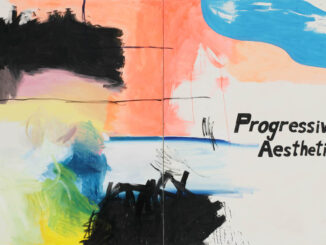
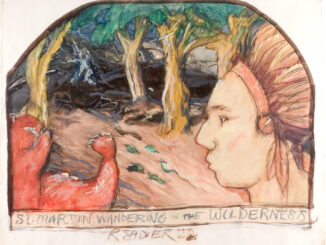
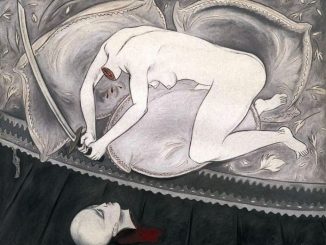
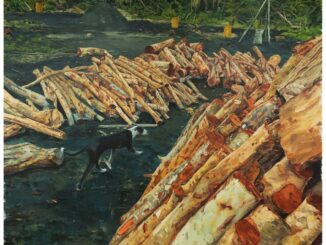

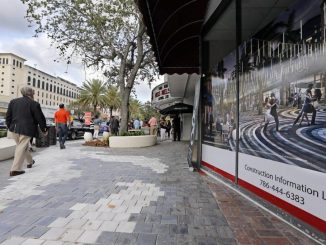
Be the first to comment